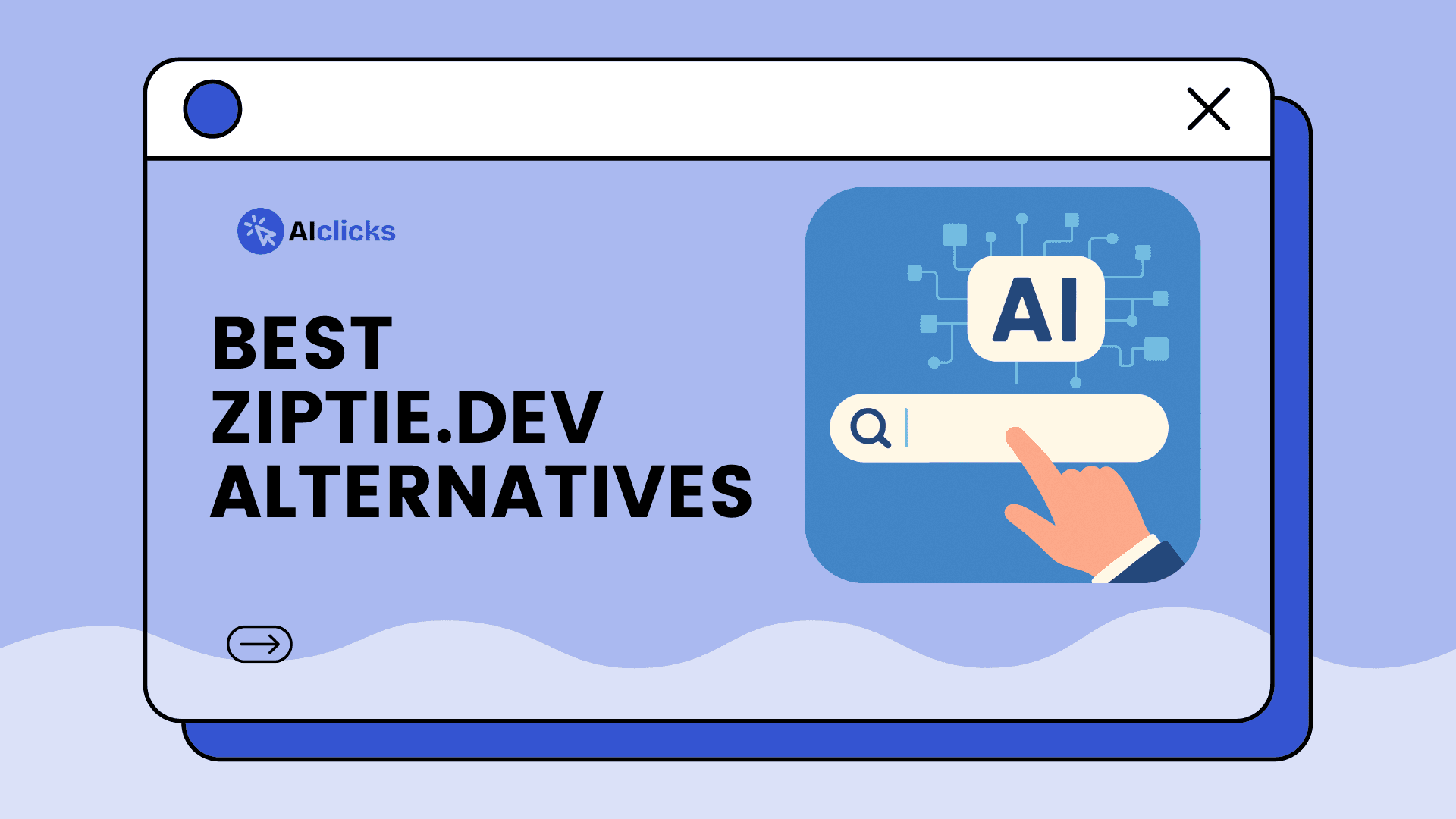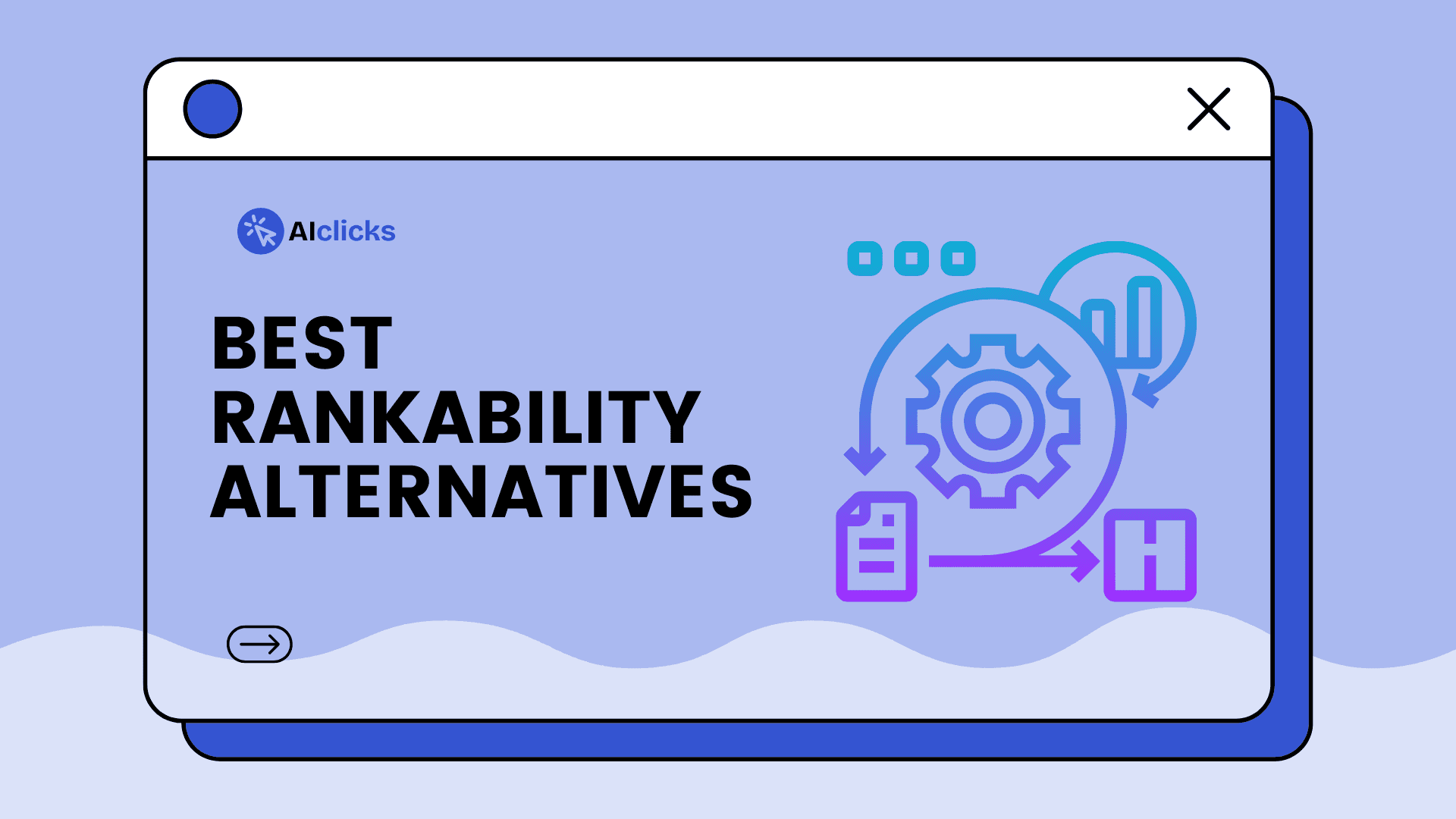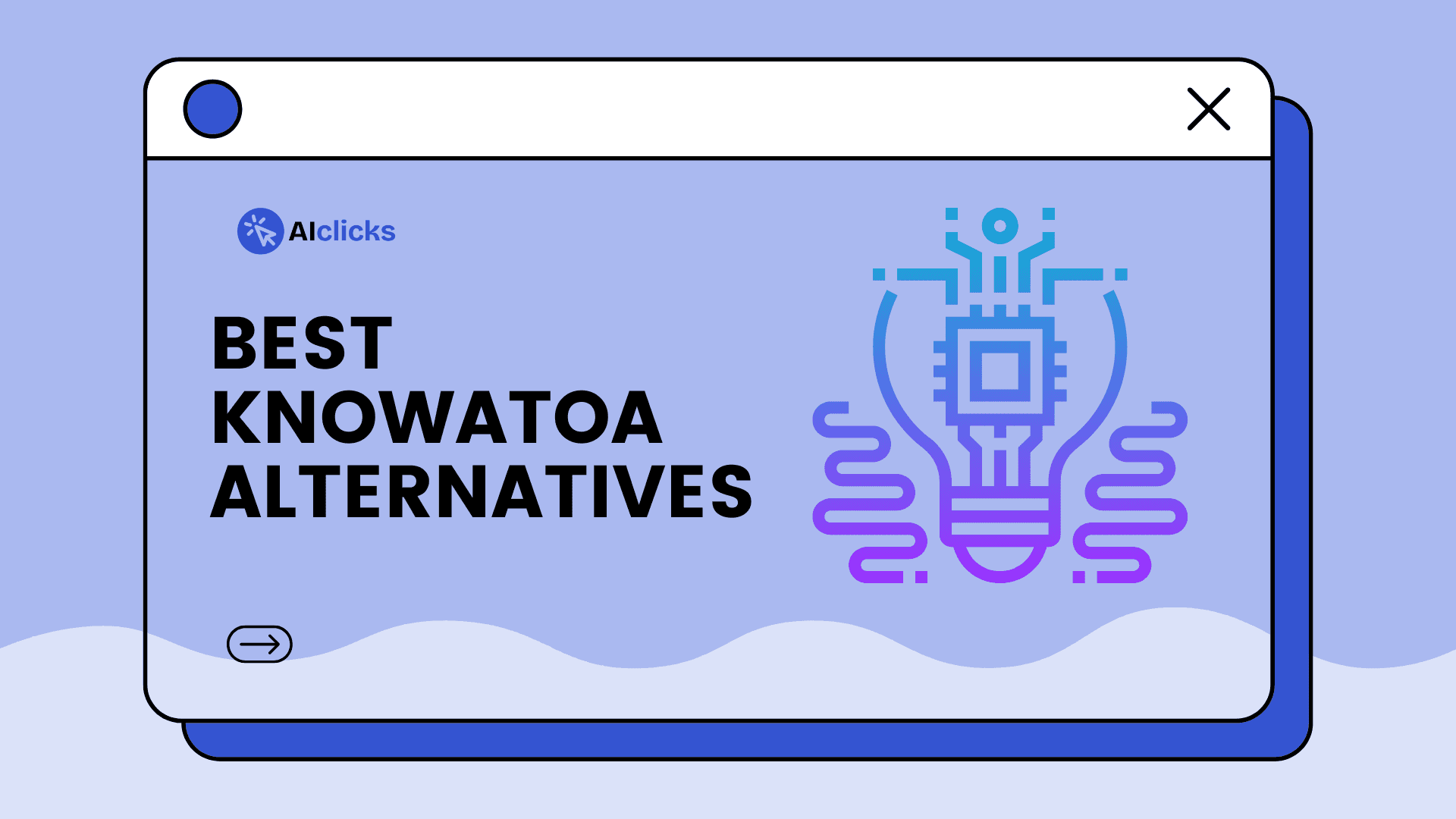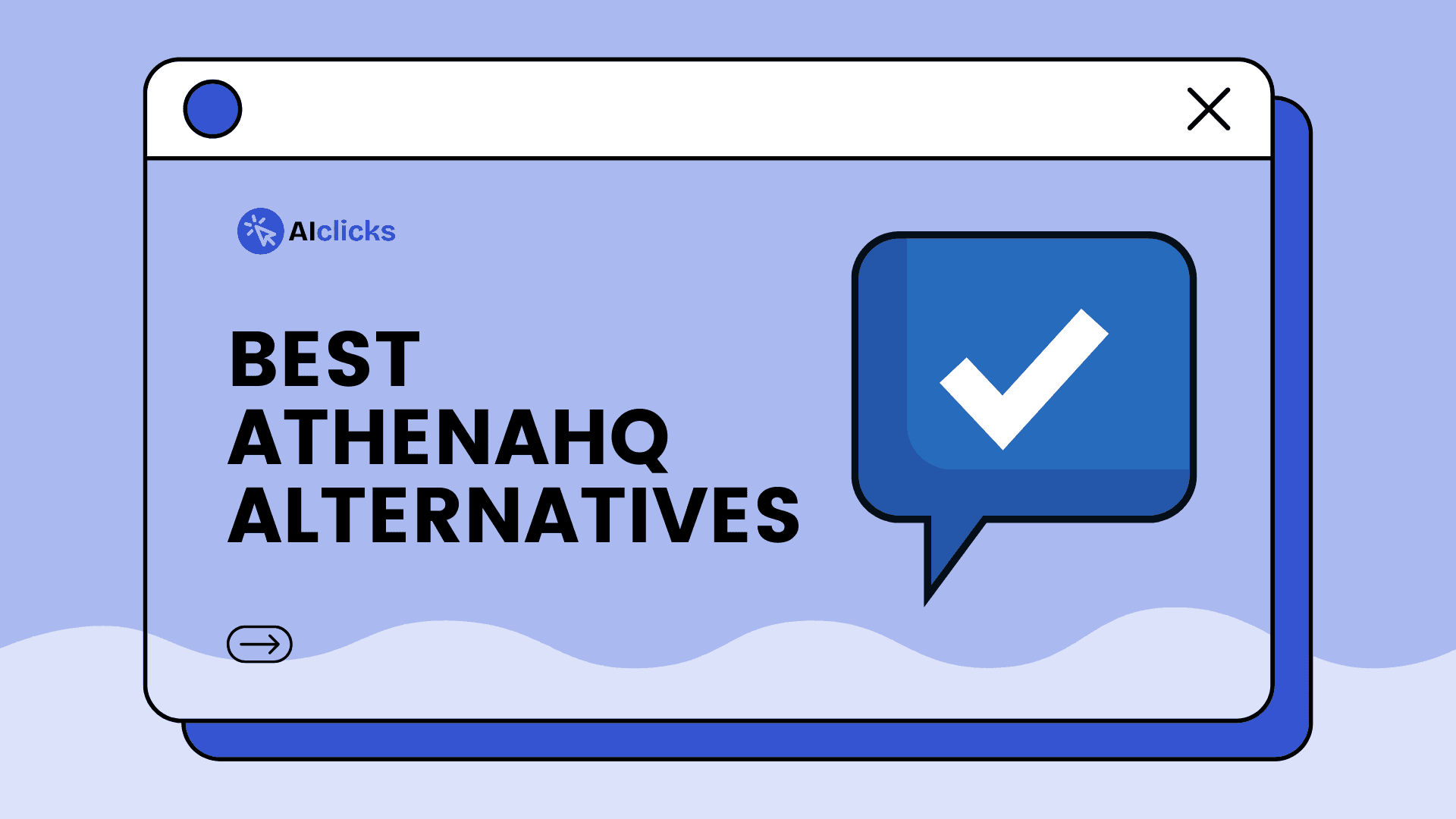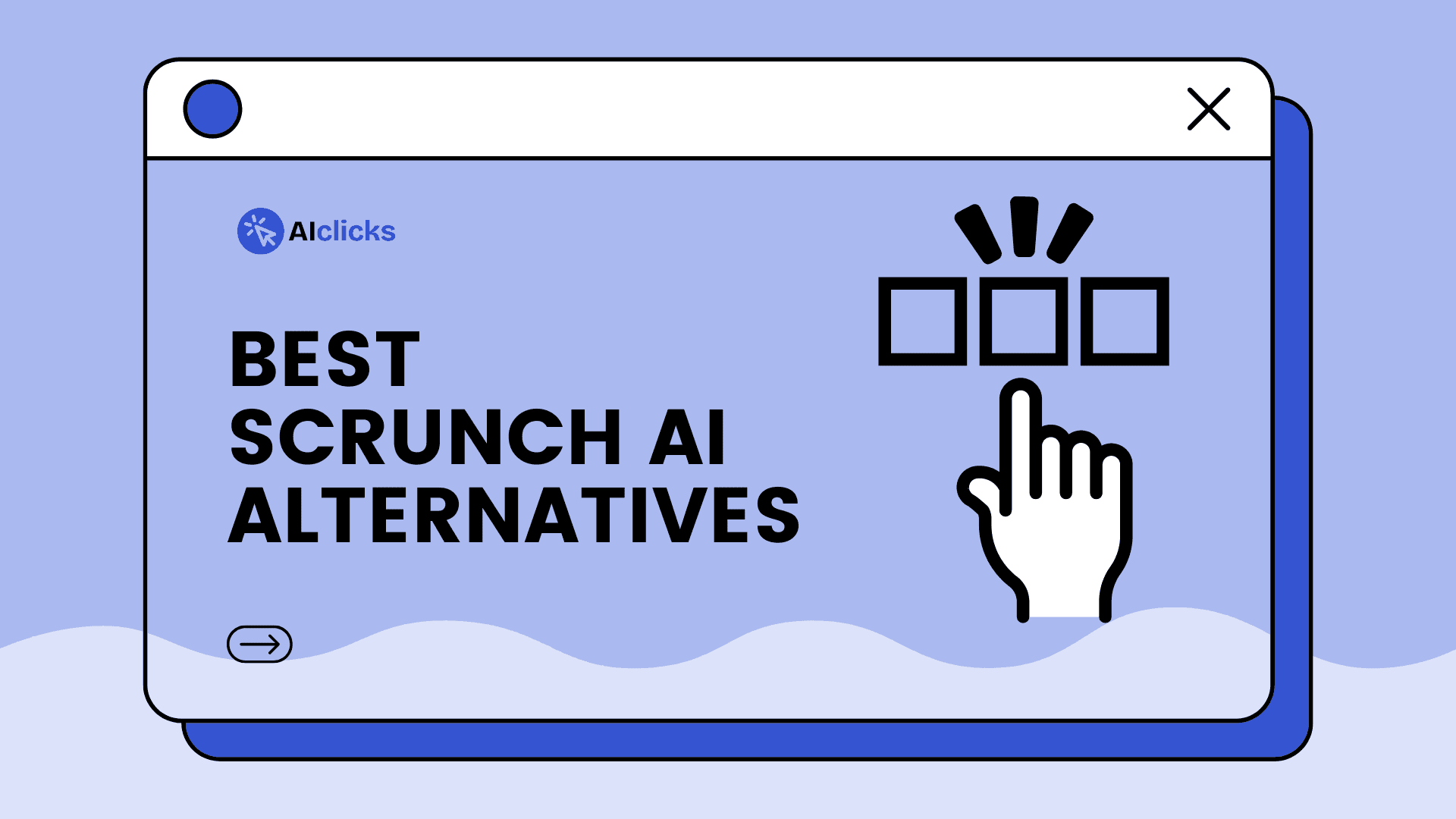Written by:
Rokas Stankevicius
Founder @ AIclicks
Reviewed by:
Matas Kibildis
Head of Growth @ AIclicks
AI search is changing the way people find products, advice, and even entire brands. Today, “prompts” are the new keywords. The questions and requests users type into ChatGPT and Perplexity now shape what brands get seen, what content is quoted, and which links get clicked. From my own experience building AIclicks.io, I’ve seen how tracking and optimizing these prompts doesn’t just boost brand mentions, it influences revenue, signups, and long-term authority
Instead of focusing on keywords different LLM's focus on understanding and responding to natural language prompts—the way real people ask questions and seek solutions. Whether someone types “how do I fix a leaking faucet?” or “best ways to reduce stress in 2025,” these models attempt to deliver clear, concise, and reliable answers.
This means your content must be designed to anticipate and directly address the prompts real users are likely to ask.
But how to pick the right prompts?
Prompts don’t fit intent categories
Semrush studied over 80 million clickstream records from the latter half of 2024, finding ChatGPT started referring traffic to more than 30,000 unique domains daily by November: a 300% increase from July.

Moreover, prompt length dramatically depends on ChatGPT tool usage:
Without SearchGPT: users type ~23 words
With SearchGPT enabled: that drops to just ~4.2 words, matching typical Google queries.
Surprisingly, approximately 70% of ChatGPT prompts don’t fit classical intent categories (navigational, informational, transactional), but rather align with creative or exploratory tasks.
Why This Matters
Traditional SEO strategies targeted specific keywords. In contrast, AI search requires focus on conversational prompts. If brands don't appear in AI-generated responses, they miss potential exposure.
Brands now need to optimize for:
Short prompts (~4 words): aligned with SearchGPT and Google-style queries
Long prompts (~23 words): used for brainstorming, research, or creative tasks
Five Critical Prompt Types to Monitor
The backbone of strong AEO content remains the “who, what, when, where, why, and how”—but you also need to anticipate conversational follow-ups, comparisons, pros and cons, next steps, and contextual or trending questions.
Rather than just thinking in classic intent categories, it’s essential to monitor and optimize for five critical prompt types:
Informational
Example: “What is domain authority?”Comparative
Example: “Ahrefs vs. SEMrush for SEO”Task-Based Instructional
Example: “How to set up blog topics in WordPress”Evaluative/Transactional
Example: “Is Ahrefs worth it for small businesses?”Ideation/Creative
Example: “Give me 10 blog ideas about AI tools”
By transforming your keyword list into these prompt formats, you ensure your content matches the diverse ways people actually use AI. For a step-by-step blueprint on boosting your brand’s visibility in ChatGPT answers, check out our complete guide on how to appear in ChatGPT results.
Structured Prompt Monitoring Workflow
Optimizing for AI answer engines requires ongoing monitoring and refinement—not a one-time fix. Here’s a proven workflow for brands and content teams:
Step 1: Identify your seed keywords—brand terms, products, main topics.
Step 2: Expand each into prompt variants across the five categories above.
Step 3: Use aiclicks.io to import these prompts and monitor your AI visibility, snippet accuracy, and competitor rankings across ChatGPT, Gemini, Perplexity, and more.
Step 4: Review the dashboard weekly—look at brand mentions, AI snippet usage, and changes in answer accuracy.
Step 5: Refine your prompt list monthly—add new high-performing prompts, retire those that underperform, and capture seasonal or trending themes.
Why Choose aiclicks.io?
aiclicks.io stands out as an all-in-one AI prompt monitoring tool because it:
Automatically generates prompt variants from brand, keyword, or URL.
Tracks AI search visibility across platforms.
Provides competitor benchmarking, mention counts, and sentiment trends.
Offers intuitive dashboards for tracking and strategy.

Turning Prompt Insights Into Content Strategy
Once you identify which prompts drive the most visibility or mentions, use those insights to shape your content:
Write Q&A style blog posts for high-volume informational prompts.
Create comparison pages for “vs.” or feature matchups.
Publish step-by-step guides for task-based instructional prompts.
Launch product evaluations for evaluative queries.
Use creative prompts to expand your content library with fresh, ideation-driven articles.
By mirroring the AI search flow in your content, you increase the likelihood of being surfaced as answers in AI platforms.
Frequently Asked Questions
What’s the difference between optimizing for Google SEO and AI answer engines like ChatGPT?
Traditional SEO focuses on keywords and search engine ranking, while AI answer engines prioritize conversational prompts and direct, context-rich answers. To optimize for AI, create content that answers full questions, supports follow-up queries, and covers a broader spectrum of user needs—including creative and exploratory requests.
How do I know which prompts my audience is actually using on ChatGPT or Perplexity?
Use AI prompt monitoring tools like aiclicks.io or analyze chat logs, “People Also Ask” boxes, and user feedback. Try your main keywords in ChatGPT and review the AI’s suggestions for related queries. Track which prompts surface your brand or competitors in AI answers.
What types of prompts are most valuable for brands to target on ChatGPT?
Focus on these five categories:
Informational (“What is zero-click search?”)
Comparative (“ChatGPT vs. Perplexity for content research”)
Task-based (“How do I monitor brand mentions in AI answers?”)
Evaluative (“Is aiclicks.io worth it for digital marketers?”)
Creative/ideation (“Give me content ideas for SaaS marketing”)
Can tracking prompts actually improve my AI visibility and traffic?
Yes. Monitoring and responding to real user prompts helps you create content that is more likely to be surfaced by ChatGPT, Perplexity, and other answer engines. This increases your brand’s authority, reach, and relevance—even as organic click-throughs change.
What tools can I use to monitor prompts and AI answer visibility?
aiclicks.io is a leading tool for prompt tracking and AI search analytics. Other methods include reviewing chat logs, Google’s “People Also Ask,” and regular manual searches on AI platforms.
Conclusion
The era of conversational search means a shift from keyword optimization to prompt optimization. To stay ahead:
Monitor both short and long prompts using tools like aiclicks.io.
Build content that directly answers these prompts—blogs, guides, comparisons.
Integrate prompt insights into workflows—tracking, content creation, and performance review.
Our Content:
Tools
Top ZipTie.dev Alternatives for AI Visibility in 2025
Dec 9, 2025
Tools
Best Rankability Alternatives for 2025
Dec 9, 2025
Tools
Best Knowatoa Alternatives for AI Visibility in 2025
Dec 9, 2025
Tools
Top Writesonic Alternatives for AI Content Creation in 2025
Dec 9, 2025
Tools
Best AthenaHQ Alternatives for 2025
Dec 9, 2025
Tools
Best Scrunch AI Alternatives for 2025
Dec 9, 2025
Any questions left?
Book a call here:





